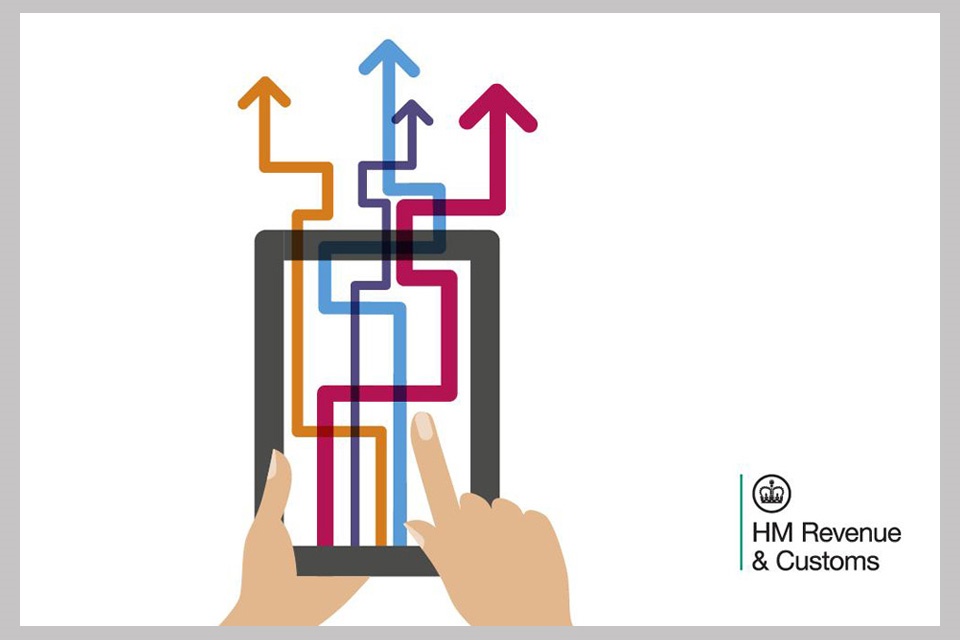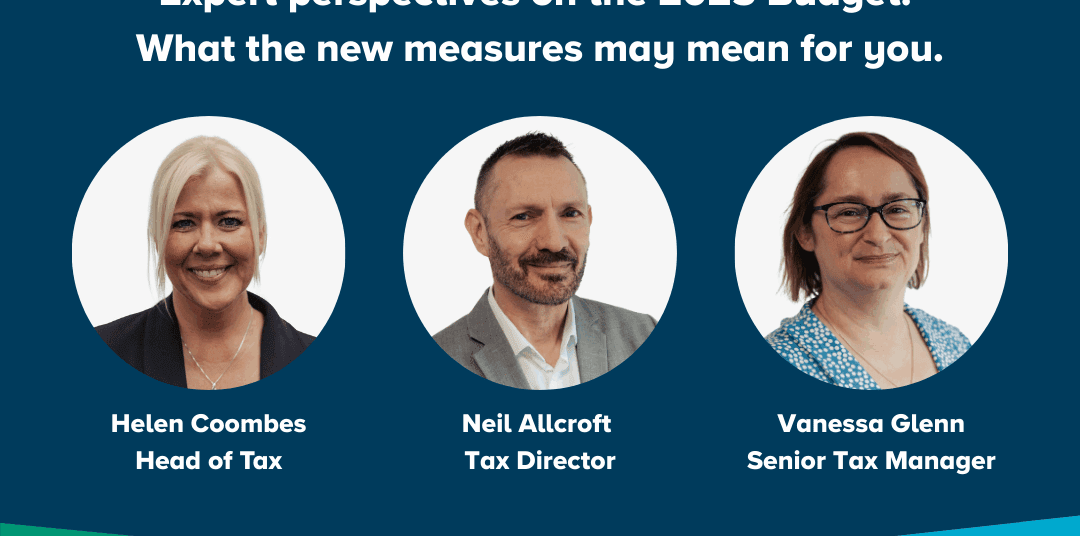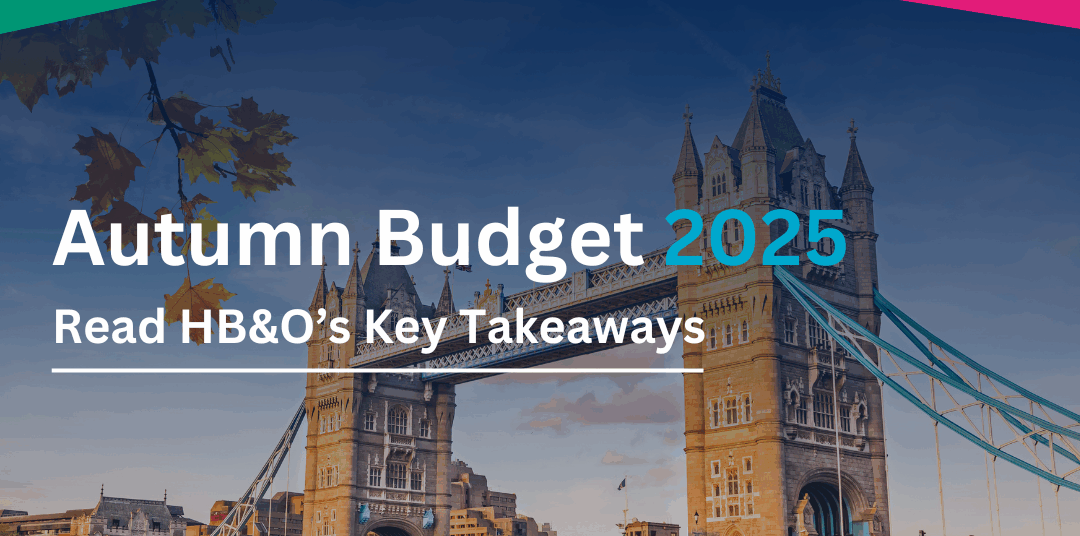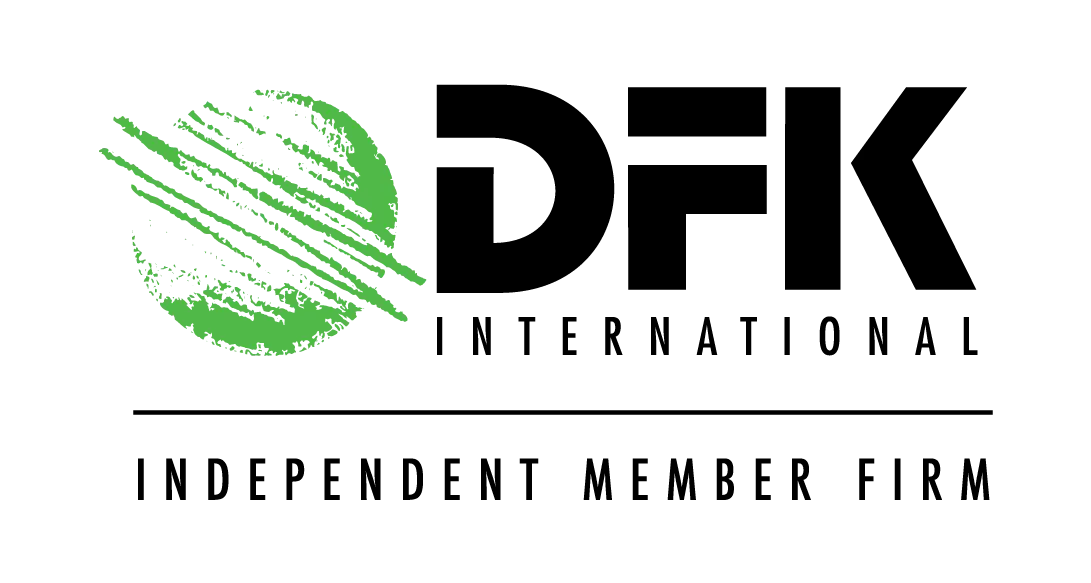Making Tax Digital is the government’s initiative for digitising and streamlining the tax return process. VAT-registered businesses are already submitting quarterly VAT returns digitally to HMRC.
The good news is that HMRC has pushed back the start date of the next stage of MTD – the introduction of Making Tax Digital for Income Tax Self Assessment (MTD for ITSA).
MTD for ITSA will now become mandatory for certain taxpayers in 2026, but the switch to digital records is still needed and is likely to be a big change to your record-keeping and your tax return process.
So, what do you need to know about MTD for ITSA and digital record-keeping?
What were the key changes made to MTD for ITSA in December 2022?
MTD for ITSA was due to become mandatory for certain self-assessment taxpayers in April 2024. But on 19 December 2022, HMRC announced some key changes to the next stage of the MTD initiative, including a postponement of the start date.
From 2026, if you are a self-employed business or a landlord with combined annual business and/or property income (turnover) above £50,000, you will need to follow the rules for MTD for ITSA.
Below are the main changes that HMRC has made:
- The minimum relevant (self-employed and rental) income reporting level was increased to £50,000. Those with income of less than £50,000, but more than £30,000, are now mandated to join the MTD for ITSA scheme in 2027.
- The situation for landlords and sole traders earning less than £30,000 will be reviewed to see if MTD ITSA can be shaped to meet the needs of smaller businesses.
- Partnerships will not be brought into MTD for ITSA, as previously planned, in 2025 – we are awaiting the announcement of a revised date.
- The points-based penalty system will be extended to MTD for ITSA filers when they join.
What does MTD for ITSA mean for affected self-assessment taxpayers?
Once MTD for ITSA begins, this will mean that you, or your nominated tax agent, will need to:
- Keep digital records of all business transactions – HMRC is making it mandatory for self-employed businesses and landlords to keep digital records of all income and expenditure. This means either pulling the data from your business bank account or scanning and digitising the source documents for all your transactions.
- Submit quarterly updates to HMRC – you will need to categorise all your transactional data (income and expenses for each self-employment and property business) to fit HMRC’s basic category codes. This digital data must be collected together every three months and submitted as a quarterly update to HMRC’s digital portal. After submitting a quarterly update, you will be able to see an estimate of your tax bill to help you budget for your tax liability.
- Submit an annual end-of-period statement (EOPS) – a customer must complete an EOPS for each source of business income. So, if you have a self-employment business and a property business then you would need to complete two EOPS, one for each source. The EOPS is linked to the accounting period for each source of income and can only be completed after the end of the accounting period. At this point, you can make any final adjustments to your income and expenditure, such as accounting adjustments (accruals and prepayments), removing disallowable expenses, claiming reliefs/allowances and making certain elections.
- Finalise your tax for the year – where submitting quarterly updates under MTD, you will not need to submit SA tax returns as well. You will be able to choose whether to use MTD to submit non-business income, subject to the chosen software supporting this, or you can provide this information using the HMRC Update and Submit Service. Once all data is submitted and all adjustments have been made, a final tax declaration can be submitted to HMRC and the information provided will be used to generate your final tax bill for that year.
- Pay any tax due to HMRC – once you know your tax liability for the tax year, you’ll then need to pay any tax due by 31st January of the following year – and make any payments on account at the same time, with a further payment by 31st July, depending on your ongoing tax liabilities. The deadlines for finalising your tax affairs and making payments are not changing.
When does MTD for ITSA go live?
At present, MTD for ITSA is now scheduled to come into effect from April 2026. That may sound like a long way off, but there is a lot to prepare, plan for and organise before the 2026 deadline hits – failing to meet the new rules could result in a penalty from HMRC.
Getting your systems and processes ready for this big shift in taxation will take time. We advise starting the planning process soon, so you are ready to go digital when the MTD for ITSA rules for self-assessment taxpayers come into effect. Alternatively, you may be able to voluntarily sign up for MTD for ITSA before 6 April 2026. If this is of interest to you, please let us know so we can check your eligibility.
Talk to HB&O about MTD for ITSA
If you’re concerned about the impact of MTD for ITSA, please do get in touch with us. We can help you understand the true impact of the legislation and the steps you will need to take.
Once you are up and running with digital quarterly returns, there will be plenty of benefits to moving your record-keeping and accounting into the digital space.
You will have:
- Better visibility of your income and expenditure
- Improved control over your business numbers
- A clearer idea of your tax liabilities for the year
Get in touch with our Senior Tax Manager, Vanessa Glenn, today.
Email: [email protected]
Phone: 02476 306029














